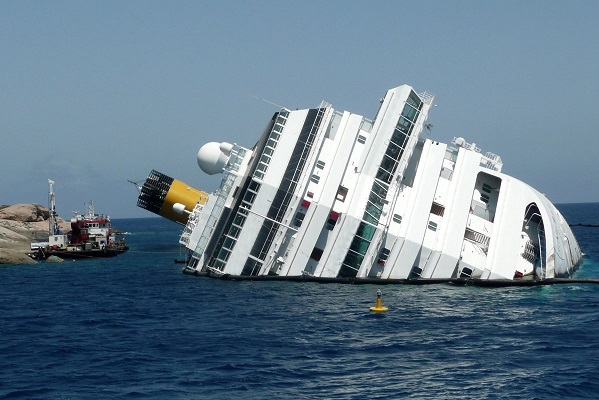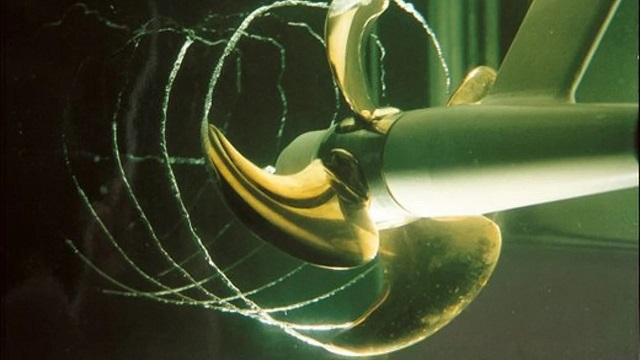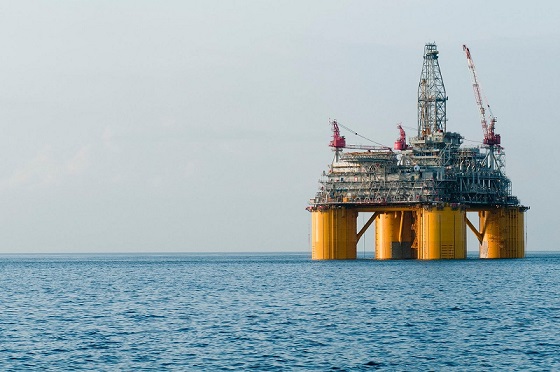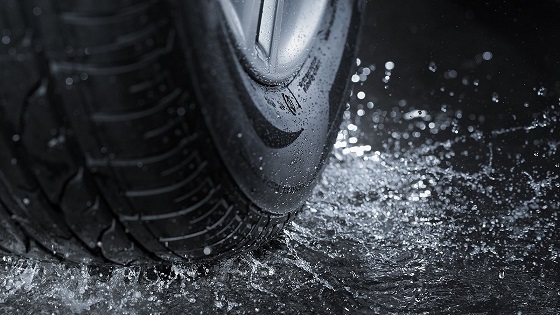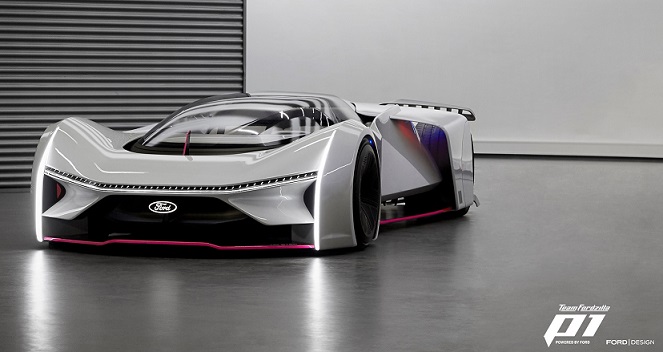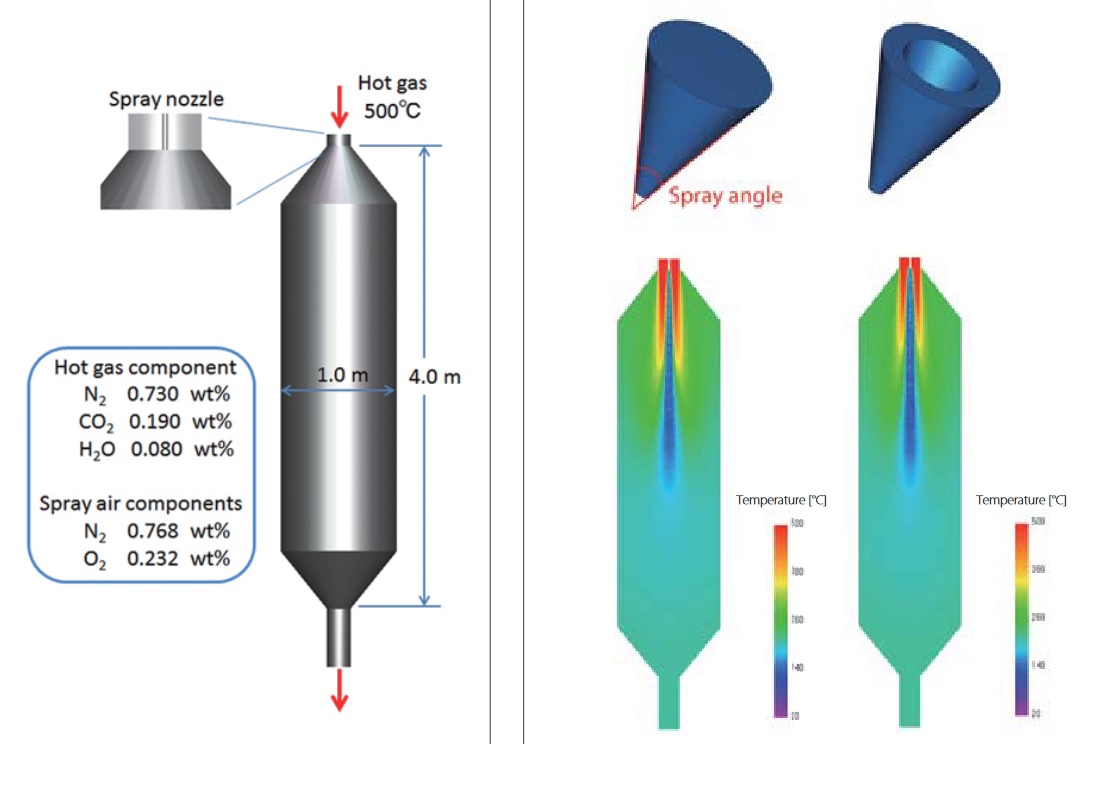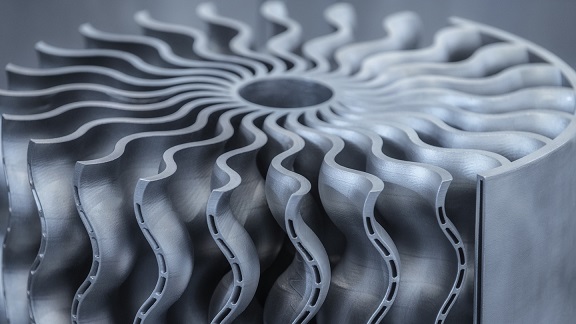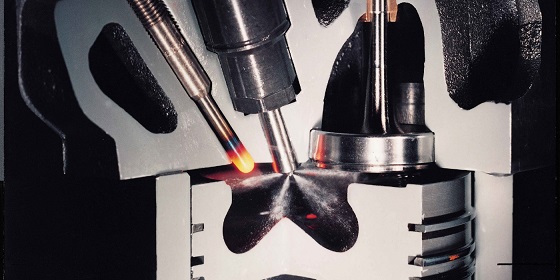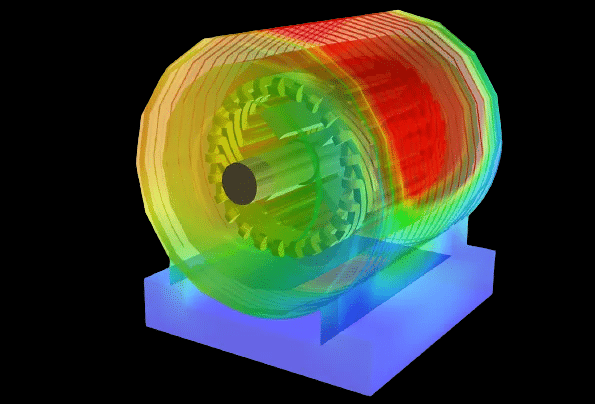Key marine simulation capabilities:
-
▶ Resistance simulations: Resistance simulations enable the prediction of the resistance of the ship or structure in various operating conditions, such as different speeds, wave heights, and sea states. This information can be used to optimize the hull design, reduce fuel consumption, and improve overall efficiency.
-
▶ Propulsion simulations: Propulsion simulations can be used to optimize the design of propellers, thrusters, and other propulsion systems for energy-efficient operation and optimal performance. These simulations can also help to avoid cavitation on the propeller blades, which can cause damage and reduce efficiency.
-
▶ Sea-Keeping simulations: Sea-Keeping simulations can be used to predict the behavior of a ship or structure in various sea states, including wave heights, wave directions, and currents. This information can be used to optimize the design of the ship or structure to ensure stability and safety in these conditions.
-
▶ Maneuvering simulations: Maneuvering simulations can be used to analyze the performance of a ship or structure during maneuvers, such as turning or stopping. This information can be used to optimize the design of the ship or structure to ensure safe and efficient operation.
By utilizing these simulations, Simulation Dynamics's engineering team can provide a range of analyses, including shipkeeping, slamming and sloshing, wave and wind loading on offshore and underwater structures, oil and pollutant dispersions, and cavitation control to propulsion system optimization. This enables clients to optimize the design and operation of their ships and offshore structures for improved performance, efficiency, and safety.
